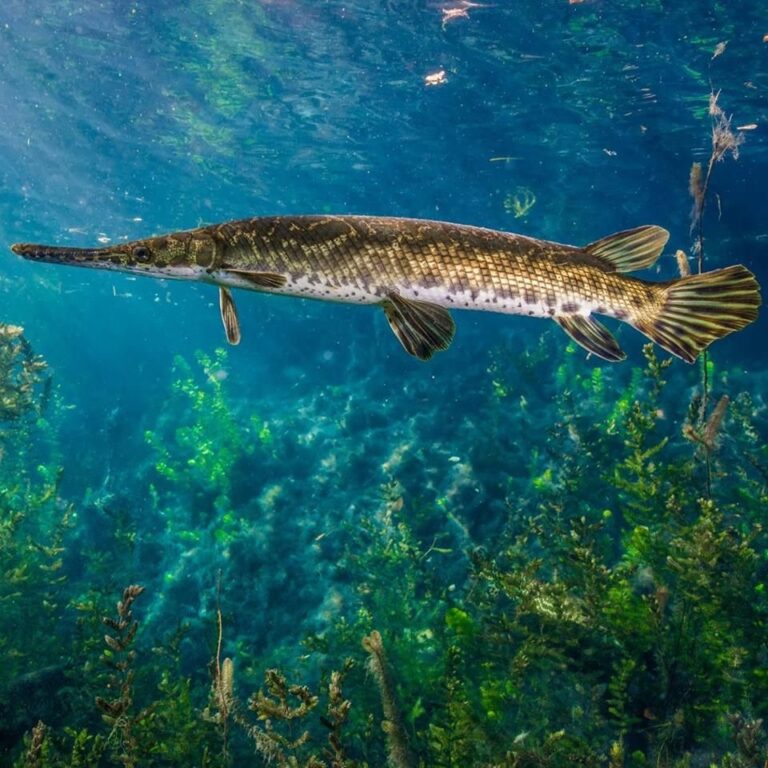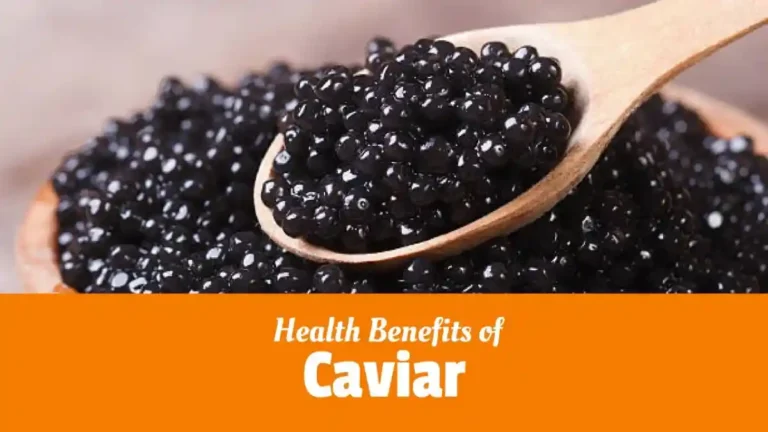Paddlefish Caviar: A Complete Guide to This American Delicacy
If you’re a fan of luxurious foods or curious about American alternatives to the classic sturgeon roe, paddlefish caviar is a name you should know. Often referred to as caviar paddlefish, this delicacy has grown in popularity due to its rich flavor, sustainable sourcing, and affordability compared to traditional varieties.
In this guide, we’ll explore everything you need to know about this caviar: how it compares to other types, where it comes from, its price, and why food lovers are turning to it in 2025.
What Is Paddlefish Caviar?
It is the roe (eggs) harvested from the paddlefish, a prehistoric fish native to North America. Its eggs are gray to black, with a flavor and texture similar to sturgeon caviar but with its unique character. The paddlefish, also known as the American spoonbill, is primarily found in the Mississippi River Basin and other freshwater systems in the U.S., including Oklahoma.
Unlike some wild caviar options that raise environmental concerns, this is often farmed or sustainably sourced, making it a more ethical choice for consumers who want luxury with a conscience.

Paddlefish Caviar vs. Sturgeon Caviar
One of the most common questions is how it is compared to sturgeon caviar. While both are prized for their delicate flavor and texture, there are some key differences:
- Flavor: Caviar Paddlefish is known for its earthy, buttery flavor with a slightly tangy finish, while sturgeon caviar is typically creamier and more subtle.
- Texture: Paddlefish eggs are slightly firmer and a bit smaller than those of some sturgeon varieties.
- Color: Paddlefish roe tends to be a dark gray or steel color, compared to the lighter tones of some sturgeon types.
- Price: One of the biggest advantages is the price, which is significantly more affordable.
Caviar Paddlefish Price & Value
In 2025, the caviar price per pound ranges from $60 to $100, depending on the grade and source. Compared to high-end Beluga or Osetra caviar, which can cost several hundred dollars per ounce, paddlefish offers an excellent introduction to the world of roe without breaking the bank.
Here’s a rough breakdown:
- Per ounce: $8–$12
- Per pound: $90 average
- Premium grade: Up to $140/pound for specialty harvests
For budget-conscious gourmets or chefs looking to add luxury to a menu, paddlefish is a smart choice.
Paddlefish Caviar Taste: What to Expect
So, is paddlefish caviar good? The short answer: Yes.
Its taste profile is often described as:
- Earthy and nutty
- Less briny than sturgeon caviar
- Slightly smoky with a clean finish
Unlike fishier roe options like salmon or trout, its taste is more refined and closer to traditional black caviar, making it ideal for both seasoned connoisseurs and first-time tasters.
Paddlefish vs. Hackleback Caviar
Another close competitor in the American caviar market is hackleback caviar. Both are excellent choices, but here’s how they compare:
| Feature | (Caviar) Paddlefish | (Caviar) Hackleback |
|---|---|---|
| Fish Type | Paddlefish | Shovelnose sturgeon |
| Flavor Profile | Earthy, nutty, bold | Clean, buttery, delicate |
| Egg Size | Medium | Small |
| Price | Lower | Slightly higher |
| Sustainability | High | High |
Whether you prefer hackleback caviar or paddlefish depends on your palate, but many beginners find paddlefish more approachable.
Where Is Caviar from Paddlefish Sourced?
Oklahoma paddlefish caviar has gained fame in recent years for its quality and sustainable harvesting. The state manages one of the largest paddlefish conservation and research programs in the U.S., which also allows for controlled harvests of roe.
Other major sources include:
- Missouri
- Arkansas
- Tennessee
- Illinois
This American-grown delicacy stands as a proud alternative to imported caviars.
How to Serve This Caviar
Caviar is all about the experience. Here’s how to enjoy paddlefish roe caviar like a pro:
- Serve chilled on a mother-of-pearl spoon (never metal)
- Pair with blinis, crème fraîche, chopped onions, and eggs
- Complement with dry champagne, vodka, or a crisp white wine
- Avoid over-seasoning—it’s about subtlety and nuance
How to Make it (At Home)
If you’re feeling adventurous, how to make caviar paddlefish involves:
- Harvesting the roe from a freshly caught female paddlefish
- Rinsing the eggs gently in brine
- Separating the membrane and fine tissue
- Salting the roe, typically with a 3–5% salt solution
- Storing in airtight glass jars in a cool fridge
While it’s possible, making caviar at home requires access to fresh roe and proper food safety knowledge. Most people prefer to purchase it from reputable vendors.
American Paddlefish Caviar: A Rising Star
It has carved out a niche in gourmet markets and online retailers. With its balance of affordability, taste, and sustainability, it appeals to a wide range of consumers.
For those looking for an upgrade from supermarket salmon roe or a more accessible path to traditional black caviar, paddlefish is a superb gateway.
Final Thoughts
Whether you’re a seasoned caviar connoisseur or a first-time taster, it offers an exciting experience rooted in American waters. With its unique flavor, lower price, and ethical sourcing, it stands as a strong competitor in the gourmet food scene.
So next time you’re planning a dinner party or shopping for a special treat, consider adding caviar paddlefish to your menu—it just might become your new favorite indulgence.



